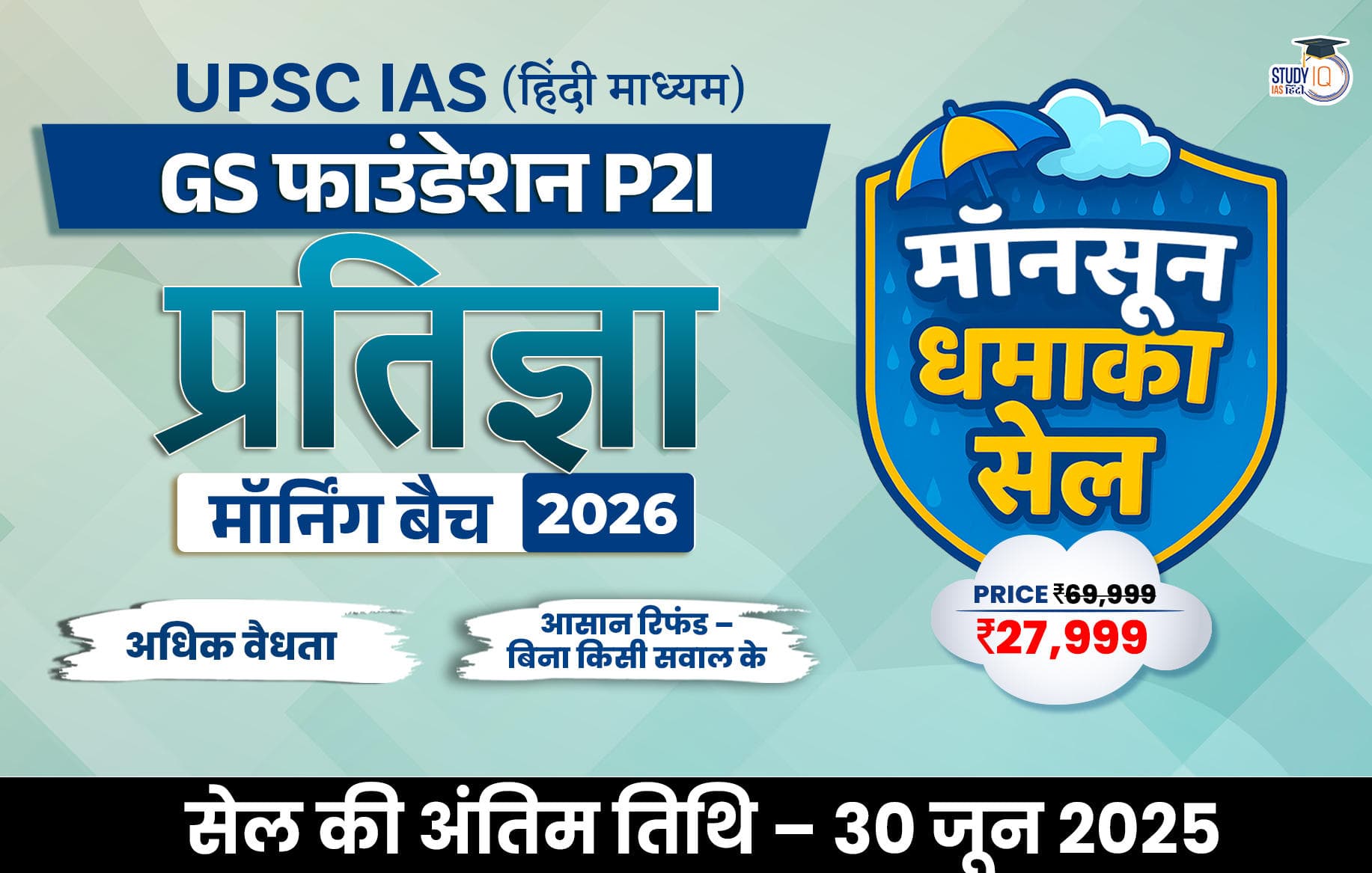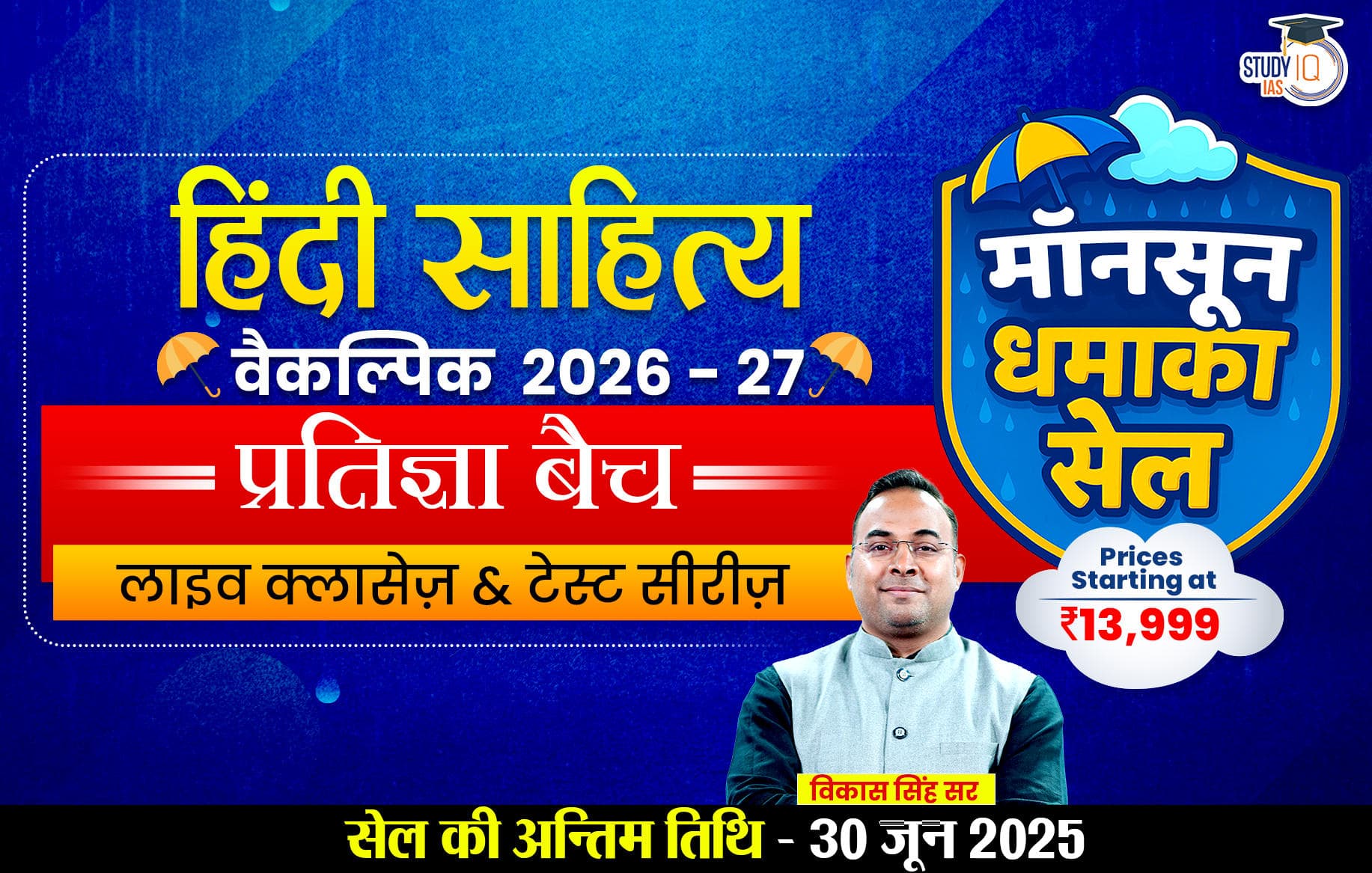Table of Contents
Context: The Union Budget 2025-26 announced a special mission for the survey, documentation and conservation of India’s manuscript heritage. Prime Minister Narendra Modi will launch the revamped Gyan Bharatam Mission (formerly National Manuscripts Mission) on June 9, 2025.
About Gyan Bharatam Mission
- Gyan Bharatam Mission is a special mission for the survey, documentation, and conservation of India’s manuscript heritage lying with academic institutions, museums, libraries and private collectors.
- Coverage: To cover more than one crore manuscripts.
- Nodal Ministry: Ministry of Culture
- A National Digital Repository of Indian knowledge systems for knowledge sharing will be set up.
- The mission will be executed under the National Mission for Manuscripts (NMM).
- Budget Allocation: To accommodate the new mission, budget allocation for the National Manuscripts Mission (NMM) has been hiked from 5 crore to 60 crore.
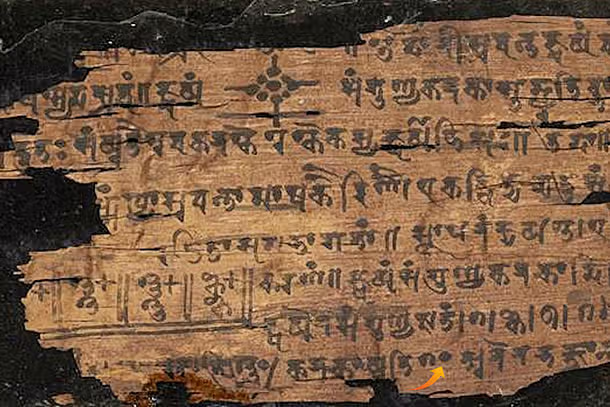
| What is a Manuscript? |
|
About National Mission for Manuscript (NMM)
- National Mission for Manuscript (NMM) was established in 2003 by the Ministry of Tourism and Culture (GOI).
- To achieve this mandate, the mission has established more than 100 Manuscripts Resource Centres and Manuscripts Conservation Centres all over India.
- It is a nationwide initiative focused on documenting, conserving, and digitising India’s ancient manuscript heritage.
- Parent Organisation: It functions under the Indira Gandhi National Centre for the Arts (IGNCA), which is part of the Ministry of Culture.
Objectives
- Locate manuscripts through a national-level survey and post-survey.
- Document every manuscript and manuscript repository for a National Electronic Database.
- It currently contains information on 4 million manuscripts, making this the largest database on Indian manuscripts in the world.
- Conserve manuscripts incorporating both modern and indigenous methods of conservation and train a new generation of manuscript conservators.
- To train the next generation of scholars in various aspects of Manuscript Studies.
Key Features
- India is estimated to possess over 1 crore (10 million) manuscripts, written in more than 80 scripts and 60 languages.
- As of 2025, metadata for 52 lakh (5.2 million) manuscripts has been digitised, though only around 1.3 lakh (130,000) have been uploaded online.
- Approximately 80% of these manuscripts are held by private collectors, and the NMM encourages them to share their collections through various incentives.
- In the past 21 years, the Mission has conserved more than 9 crore (90 million) folios.
- There is a strong focus on universal access, raising public awareness, and collaborating with international digital platforms such as Google Arts & Culture.

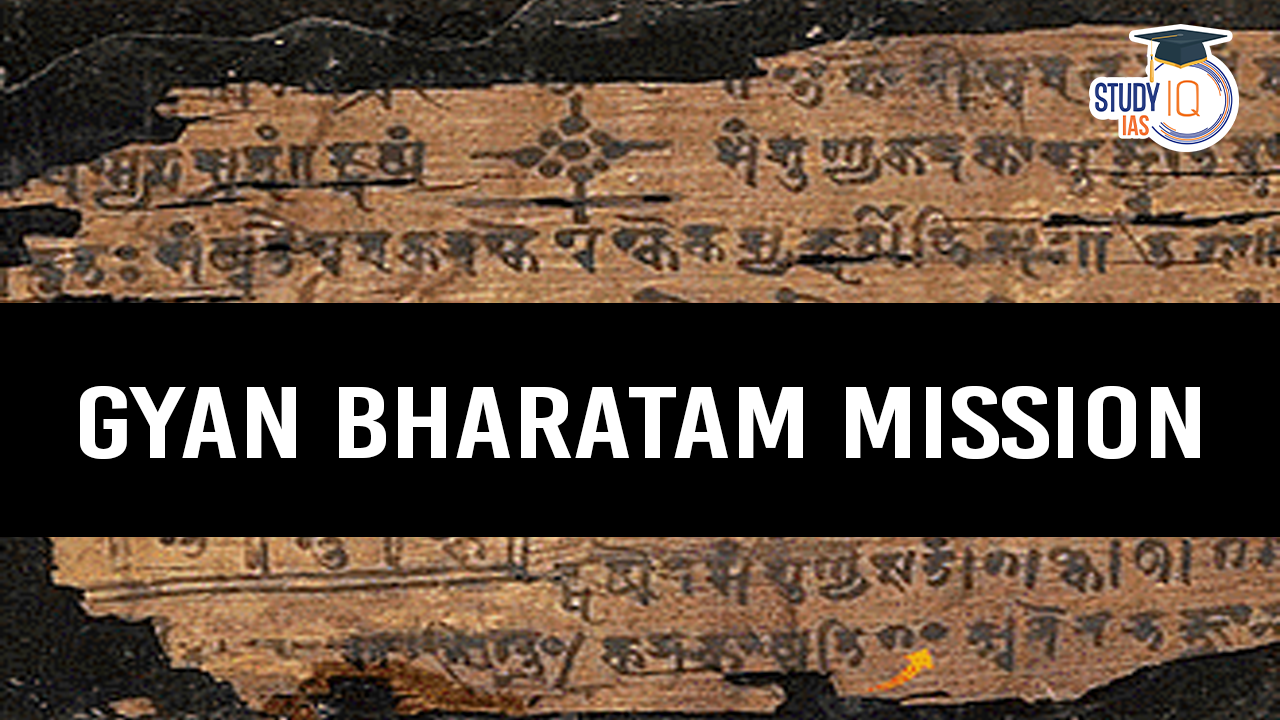
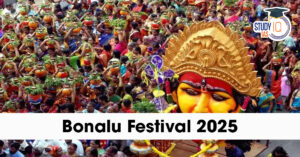 Bonalu Festival 2025: Date, History, Rit...
Bonalu Festival 2025: Date, History, Rit...
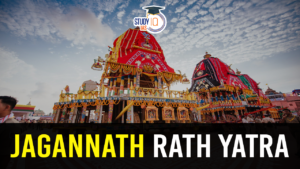 Puri Jagannath Rath Yatra 2025, History,...
Puri Jagannath Rath Yatra 2025, History,...
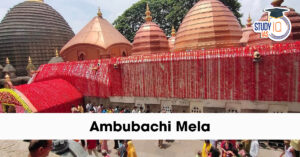 Ambubachi Mela 2025: Dates, Rituals, Sig...
Ambubachi Mela 2025: Dates, Rituals, Sig...


